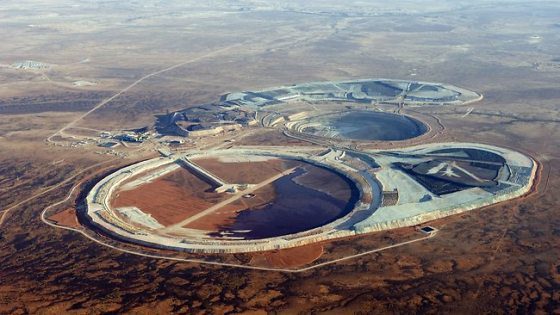

“Plug and Play solar’ is not a new PlayStation game (we wish); it is a project to develop energy management software to manage the various renewable and traditional energy sources a building or site might have.
For example, remote mining operations or towns – like Marble Bar or Hermannsburg – have traditionally been powered by fossil fuels like gas and diesel, but more and more are turning to renewable sources such as solar.
Traditionally, it has been up to the system operator to decide when to use which sources. This is often not as easy as it sounds, mostly because of the variable nature of renewable energy sources. Often this means that fossil fuel backup systems are left running just in case a cloud might pass or wind might drop – not the most fuel-efficient solution. What would really help would be an automated system able to intelligently handle multiple fossil and renewable sources.
Plug and Play is a system where a user can ‘plug’ in the various sources and the system automatically and intelligently ‘plays’, or works out what source to use, when to use and how it should be used. You tell the system what your top priorities are – minimising diesel usage, lowering maintenance costs, or maximising power availability, for example – and it will make the best decisions about when to schedule the diesel generator, when to make the most of the solar panels and when to charge the batteries.
The tool will also be invaluable when designing new remote area power supplies. It’ll help to choose the best mixture of energy technologies for the site’s needs and decide how to size them. And then, instead of needing to have custom hardware and software designed to manage that unique mix, the Plug and Play system will help do it for you.
Senior project scientist Dr John Ward says it’s in the commissioning phase of these power systems that some of the most significant benefits will be seen. “Reducing the need for ‘on the ground’ engineers will be an important outcome,” he told the solar blog. “Currently each is different and unique and needs considerable specialised and costly engineering.”
This project is also expected to have flow-on effects that’ll benefit more than just remote towns. “Next stop would be rural areas, specifically with SWER (single-wire earth return) power lines,” Dr Ward says. “Such areas only have a very ‘weak’ connection to the grid, so they face similar issues to the islanded systems being targeted for this project.
“Our team believes that as the electricity grid evolves to have more interplay between consumer demand and resource availability, there’ll be a role for Plug and Play type systems to become mainstream in every part of the electricity grid.”
It’s no easy feat however. The project is worth over $2.9 million and will take several years to complete. We’re working with ABB Australia, the United States’ National Renewable Energy Laboratory (NREL).
The first phase of the project will involve the development of the technology and the second phase will see pilot systems set up in both the United States and Australia. The final product will be a cost effective, retrofit system that can be easily installed, without the need for expert labour. We think it will ultimately be of benefit to thousands of remotely based residents.
The project is one of four projects announced in December 2013 as part of the Australian Renewable Energy Agency and United States-Australia Solar Energy (USAEC) Collaboration. It builds on our existing expertise in areas including solar intermittency, customer load management, the virtual power station, mini grid planning, and the work we’ve done on Australian standards for inverter energy systems and load control.
Tania Ritchie is a research scientist at CSIRO’s Energy Transformed Flagship.
Coalition MP says wind and solar can't power Gladstone's huge smelters and refineries. The smelter…
Albanese pledges more funds to make the mining and refining of critical metals – including…
With most Dickson homes using solar but few affording batteries, Independent candidate Ellie Smith has…
Federal and state energy ministers call on AER to "further interrogate" inputs to its final…
Coalition refuses to commit to backing the 2026 UN climate summit that Australia's current government…
Upsized plans to build wind farm to help power a massive zinc mine in the…